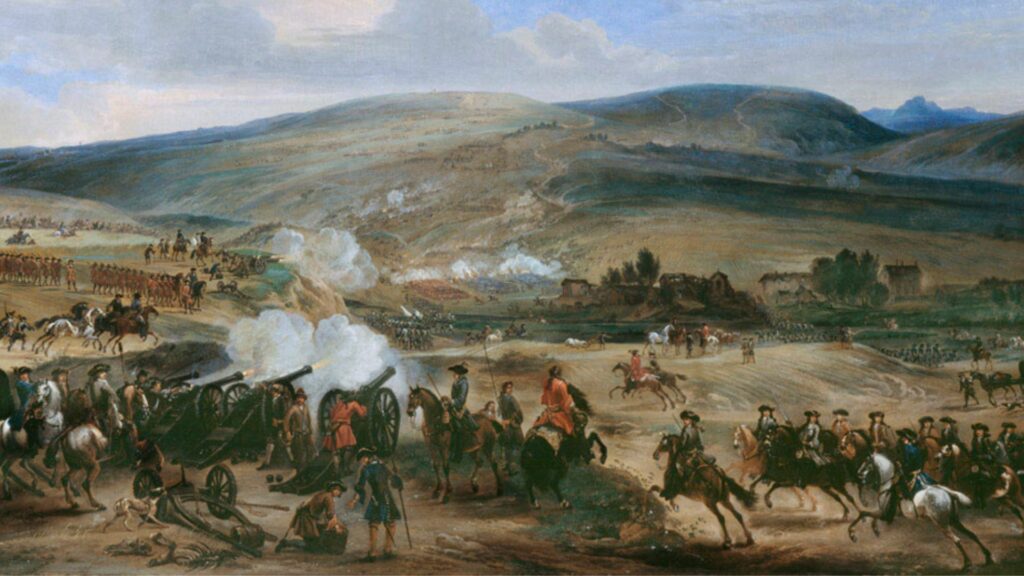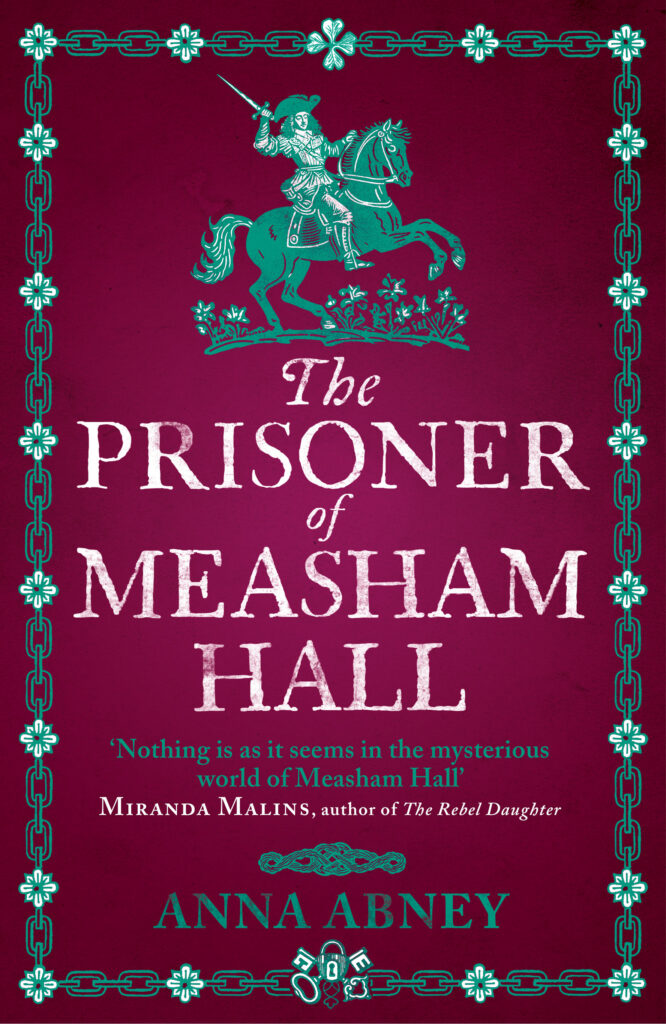
The Importance of Historical Context
The Prisoner of Measham Hall author Anna Abney explains the fascinating historical context for the latest edition in the highly praised Measham Hall series.
I moved to Belfast from London when I was twenty-one and lived in various parts of Ireland for the following thirteen years. I now have many family ties to Ireland and both my children were born there.
That initial move was revelatory for a young Englishwoman, challenging some of my preconceptions and exposing areas of ignorance about our shared British and Irish history.
So, in writing the third book in the Measham Hall series it was fascinating to research The Williamite Wars, an area that gets little attention from both fiction and non-fiction writers.
The Prisoner of Measham Hall is set in 1690, two years after the so-called ‘Glorious Revolution’. The Dutch William of Orange and his English wife, Mary II, have been made joint monarchs of the British Isles and have declared war on France, imposing a huge financial burden on their subjects.
Meanwhile, the deposed Catholic James II has landed with a French army in Ireland
Mary’s estranged father James is hoping to win back the English throne. Initially, he is greeted with great enthusiasm by the Catholic Irish, but William cannot allow his father-in-law to undermine him from Dublin and, not trusting the loyalty of English soldiers, sends over his own army of Dutch troops, led by the highly experienced Duke of Schomburg.
As the fighting progresses, however, William, partly for PR reasons, also travels to Ireland, heading an army expanded with Danish, Huguenot and English recruits. Between them, these cousins, William and James, will turn Ireland into another bloody battleground in a larger Continental war.
Nicholas Hawthorne, the young heir of Measham Hall, has joined the Jacobite army
Nicolas is now fighting in Ireland, much to his father’s distress. Chapter Three opens on the eve of the Battle of the Boyne, an event that, although dismissed by some of the participants as a ‘skirmish’, sent the defeated James rushing back to France, leaving his troops to fight on without him.
The battle became an iconic emblem of the victory of Protestantism over Catholicism in Ireland and is still controversially celebrated among loyalist communities in Northern Ireland every 12th of July, with bonfires and parades led by the Orange Order (named after William of Orange).
Tackling controversial historical events can be challenging even for a fiction writer and I was conscious of the need to tread softly on such boggy ground, especially when dealing with real people, like the much celebrated Patrick Sarsfield.
I have a tendency to spend more time than is strictly necessary in researching my novels
For this book I was even more assiduous, reading every history book, article and contemporary source I could get my hands on. The Journal of John Stevens was especially helpful in providing an eyewitness account of what it was like to fight in the Williamite War, albeit from the blinkered perspective of a rather arrogant seventeenth-century Englishman.
Although some of his attitudes to the Irish are hard to stomach, Stevens’ observations on the destruction of Limerick and the surrounding countryside are poignant, bringing home the catastrophic nature of the conflict. Stevens’ colonial assumptions and prissy attitude became the inspiration for the character of Francis Bedley, Nicholas’s irksome companion.
The second seige of Limerick would see the Irish Jacobites defeated. The treaty that followed caused a huge exodus of Irish Catholics as 20,000 Jacobite soldiers, known later as ‘The Wild Geese’, left for permanent exile in Europe rather than submit to the Protestant ascendancy.
Emigration has continued to be a feature of Irish life
The war in Ireland had various names, in Irish it was known as Cogadh an Dá Rí – the War of the Two Kings, while modern historians call it The Williamite War, or sometimes The Irish War.
The alternative titles perhaps reflect the different experiences of those involved, along with the shifting perspectives of history on a war that is still an infamous symbol of either triumph or oppression, depending on which side you stand.
While Nicholas is fighting in Ireland, the future of Measham Hall is also under threat and he will be forced to return home to a very different battle …
Return to mysterious Measham Hall in this tale of espionage at the height of the Williamite war

Historical Fiction
Paperback
10 October 2024
ISBN 9780715655498
‘A beautifully crafted work of historical fiction’ AJ West, author of The Spirit Engineer
1690. England is in crisis – the new protestant King William III has embarked on wars in France and Ireland, inflation is rampant and the price of corn is causing riots.
At Measham Hall, Sir William Hawthorne faces a predicament of his own: his loyal steward has died, and he must find another. Meanwhile, Sir William’s heir, Nicholas, is in Ireland fighting against the Williamite troops. But Nicholas is playing a dangerous game as double agent, risking both his love and his life.
When one battle is over, he must return to Measham Hall to fight another and defeat an old foe in a new guise or lose Measham Hall forever…


